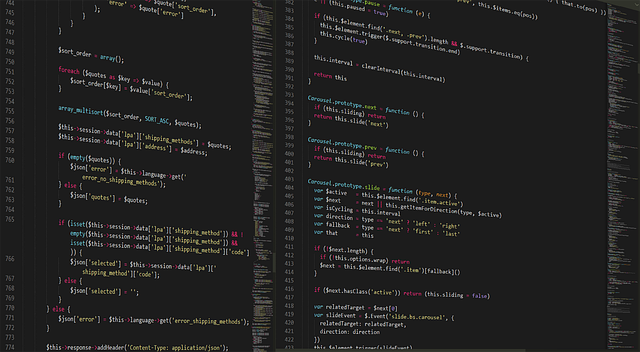The digital age has ushered in a new era of education, one that thrives on accessibility and adaptability. Central to this transformation is the backend technology that powers online education platforms, making knowledge building a seamless experience for learners across the globe. But what exactly does this backend entail, and how does it contribute to enhancing the educational landscape?
At its core, the backend of an education platform serves as the invisible engine that handles data storage, user authentication, and server-side logic. When a student logs into an online course, it’s the backend that verifies their credentials and grants them access to a wealth of resources. This seamless integration creates an atmosphere where knowledge can flourish without barriers.
In instances of asynchronous learning, where students often learn at their own pace, it is the backend that ensures that resources are always available, courses are updated, and interactions are personalized. When a learner interacts with a discussion forum or submits assignments, the backend processes this data, allowing for real-time feedback and continuous performance tracking. This not only enhances user engagement but also fosters a dynamic and immersive learning environment.
Moreover, the importance of a robust backend cannot be overstated when it comes to scaling educational platforms. As enrollment numbers surge, a powerful backend system efficiently manages the influx of data and user requests, ensuring that the platform remains responsive and reliable. A well-structured backend also allows for the integration of advanced technologies such as artificial intelligence and machine learning, which can further personalize learning experiences based on individual student needs.
Another key aspect of the backend in education platforms is its role in analytics and reporting. Educators can access invaluable insights regarding student performance, engagement levels, and learning outcomes. This data-driven approach empowers instructors to tailor their teaching strategies, enhancing the overall effectiveness of knowledge building. It also aids administrators in making informed decisions about course offerings and potential areas for improvement.
As we navigate through the complexities of online education, it’s essential to remember that the backend serves more than just a functional purpose. It embodies the philosophy of connection and collaboration among users. A user-friendly backend facilitates communication between students, educators, and content creators, ultimately cultivating a robust learning community where knowledge can be shared and constructed collaboratively.
The evolution of online education platforms is a testament to how technology can break down traditional classroom barriers. With a well-designed backend, learners can access a global repository of knowledge, engage in interactive discussions, and develop critical thinking skills essential for the modern world. As we look to the future, it’s clear that the backend will continue to play a pivotal role in shaping the educational experiences of millions, paving the way for lifelong learning and knowledge building.



